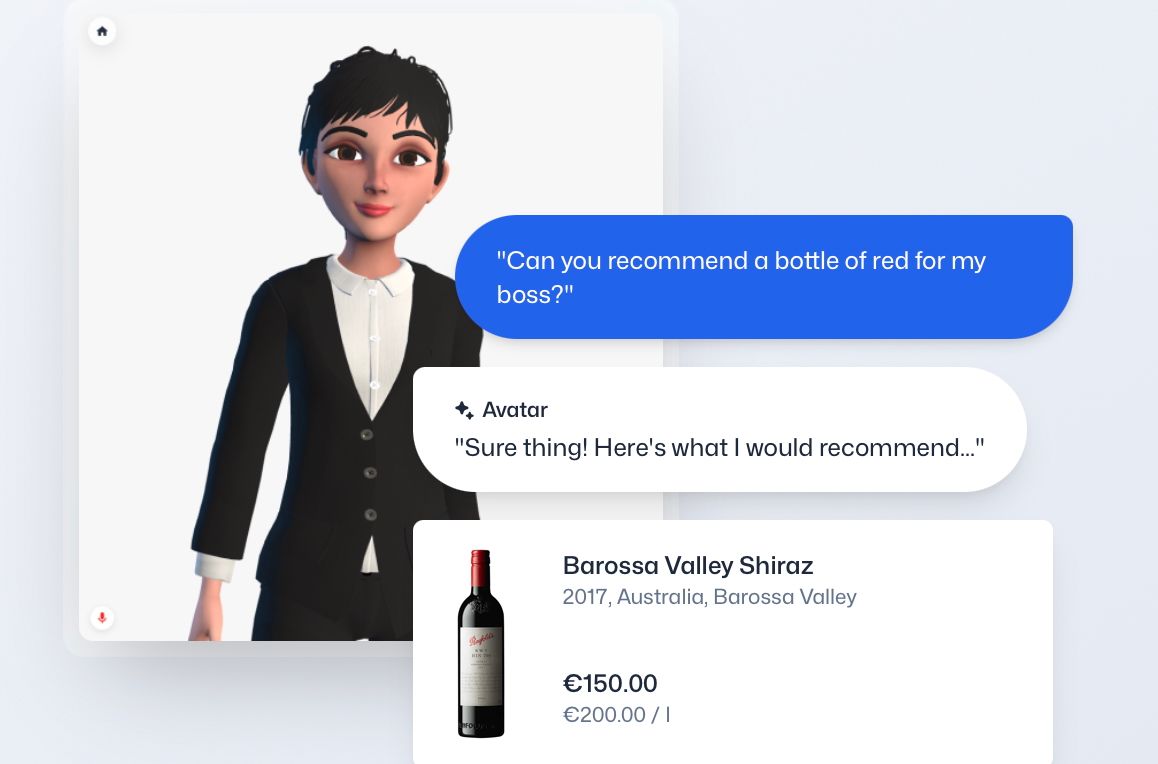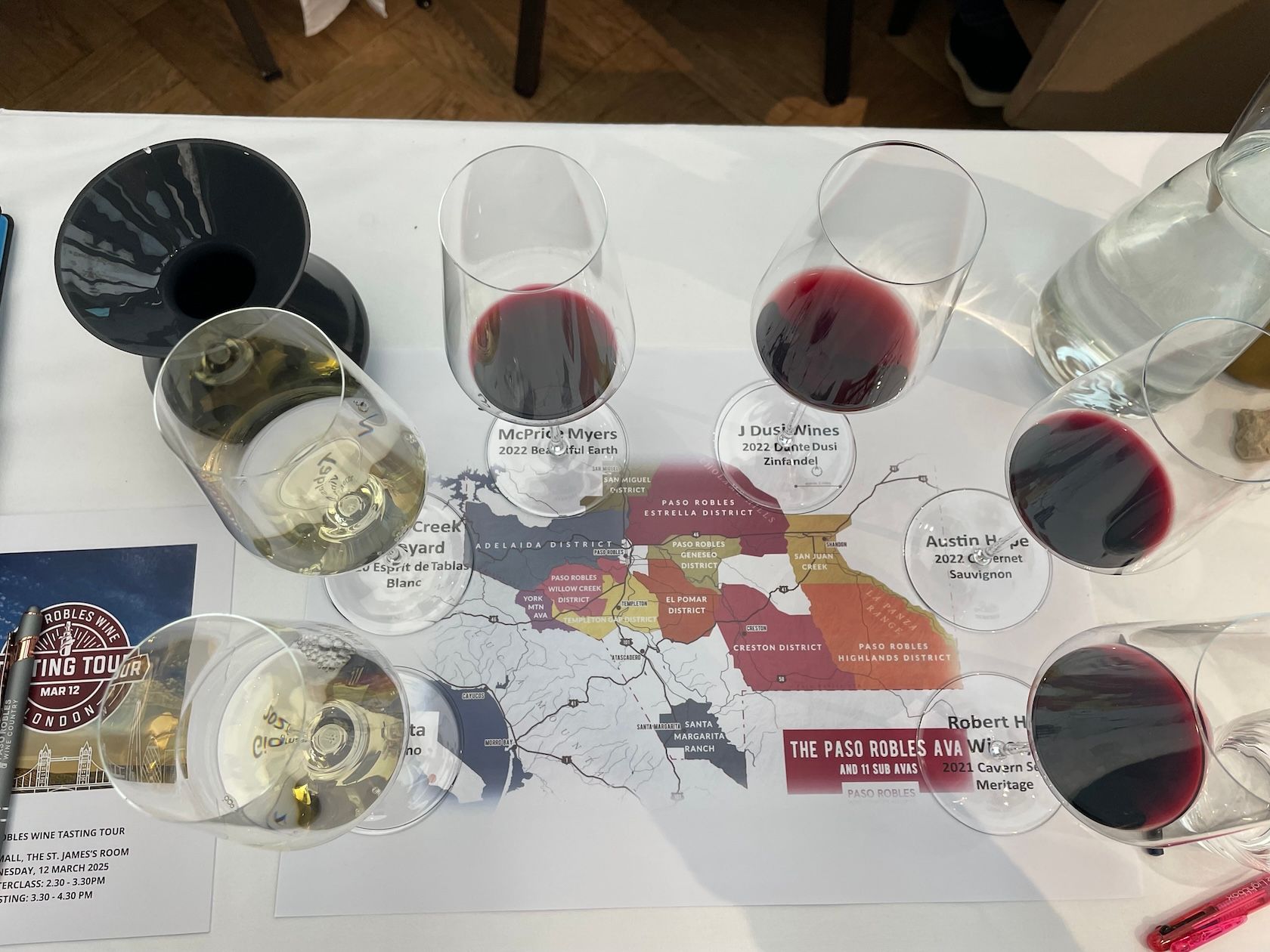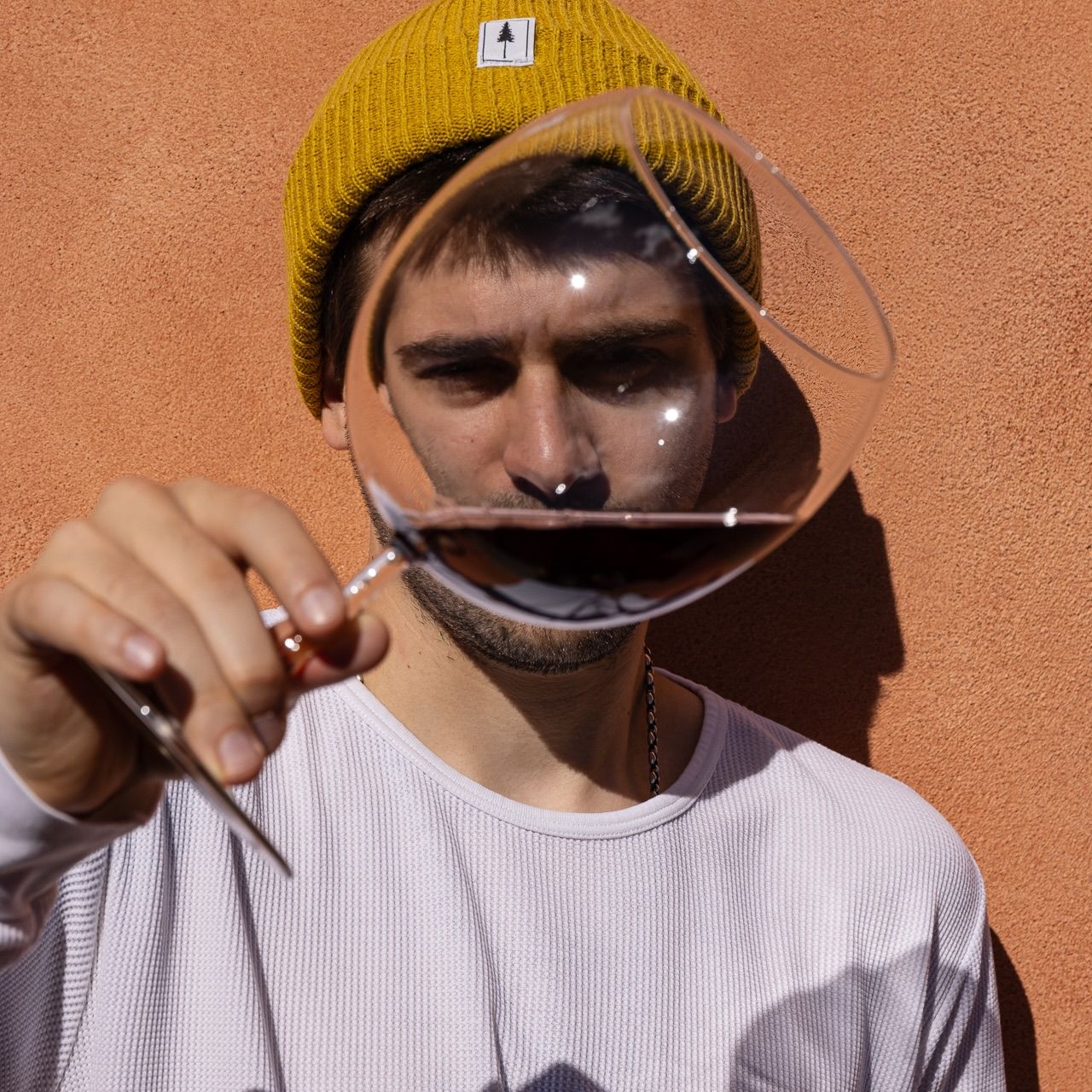Here are some of the changes already taking place in the drinks industry and the on and off-trade sectors it supports that we need to pay even more attention to in 2022.
More flexible trading models
With costs down up and down the supply chain set to increase even more thanks to pressure on raw materials, logistics and shipping, producers and importers alike are going to have to find new ways of doing business with each other.
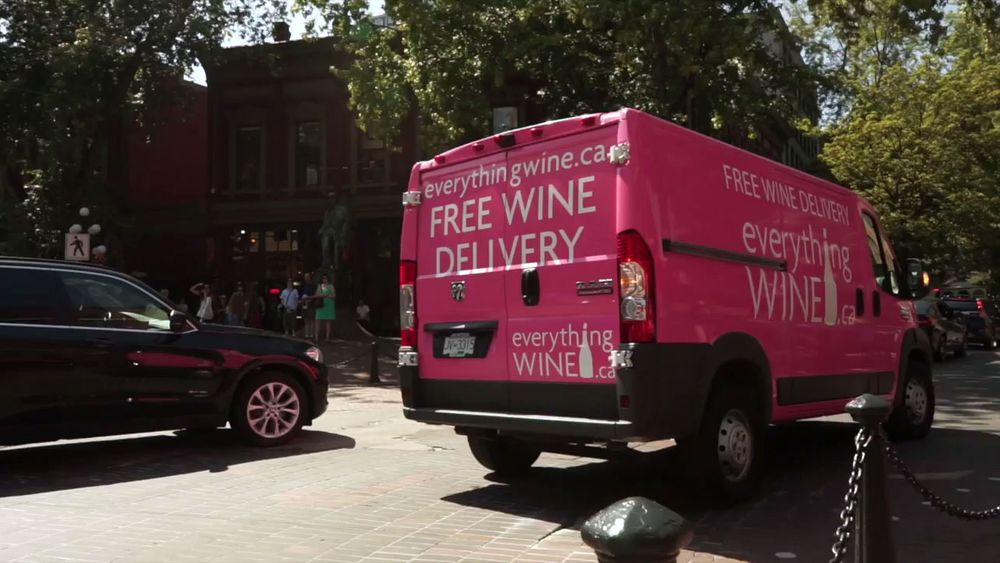
How we get wine and drinks through the supply chain will be even more crucial in 2022
The drinks market is in real need for genuine change in how wines and spirits are imported and sold in the UK. The traditional agency model has long been criticised for being outmoded and lacking the flexibility and transparency that producers increasingly want. Yet, other than running smaller importer operations, there have not been the big changes the sector clearly needs to give everyone involved higher margins.
The pandemic has forced everyone in the drinks supply chain to analyse how they operate and make the changes they need to stay in business. 2022 will be the year to take that to the next stage and find new solutions that allow producers, importers and customers to increase margins and cut costs at the same time.
The industry can’t continue just being in survival mode. Markets around the world are recovering faster than others and giving wine and spirits producers more cards to play with. The combination of Brexit and Covid has raised the ante even more and drinks producers are moving their businesses to markets and players they feel are best placed to serve their needs.
Traditional importers can no longer rely on years of loyalty for a producer’s business. Relationships have been stretched to breaking point and if they can’t find new ways of working then the door is wide open for those that can.

Propeller’s ‘distribution as a service’ trading model
Jamie Wynne-Griffiths’ Propeller model introduced in 2021 is definitely a step in the right direction. It has been set up to act more like an ‘incubator’ agency that can help launch and introduce producers to the specialist retail and on-trade sector by getting the producers it works with to pay it a monthly retainer and keep its own retail margin. So no long term contracts and the freedom to move on, with your list of customers, as and when you want. It gives flexibility to both sides and means customers are constantly being shown new wines and drinks to sell. It describes itself as “agents of change’ where it offers “distribution as a service”.
The key for Propeller is that it is a start-up and not hampered and held back by an existing model that takes guts and vision to change. We will hopefully see new, alternative trading models introduced in 2022 that get away from the old ways of doing things. Particularly as there is clearly a genuine new interest from producers to re-engage with the UK, and make the most of the more direct to consumer models that have emerged during the pandemic.
Producers are also now far more open to the idea of working with smaller agents and consultants that can offer solutions the big wholesaler operations simply can’t due to their economies of scale.
Operators that can offer greater flexibility, tighter controls and better margins will be best placed to do well in 20222 even if they are currently not well known.
Producers taking control
It’s also why we are seeing more major drinks producers look to invest and take larger stakes in importers, which gets them both closer to how a key market works, and gives them control of their own supply base into that market.

Chile’s Errazuriz has long had a strategic position in the UK thanks to its shareholding in Hatch Mansfield
Pol Roger Agencies, Louis Latour Agencies, North South Wines, Mentzendorff, Hatch Mansfield, Fells and Liberty Wines are just some of the more established players that have been able to grow in the UK because they have the support and backing of strong international wine producers behind them.
The opportunity is now there to take these relationships to the next stage. To shake them up and really bring the producer ownership to the fore, rather than being a silent partner sitting behind the scenes. Customers are crying out for stories and deeper partnerships with the brands and producer they sell.
These producer-owned importers have a major advantage to deliver that far more than they currently are and the opportunity is there for these supplier relationships to develop far more than they have so far.
Generalists becoming specialists
The increased demand from producers to get a better slice of the cake from their distributor is also pushing some of the more traditional players – the so-called generalists – to tighten their own books and push out underperforming wines and producers and start to concentrate more on becoming known as a specialists in a number of key regions or countries.
It strengthens their hand when talking to key customers as they can offer more producers from one region with different price points and styles. The big telephone book producer lists do exist, but rather than being a trip around the world, they are increasingly becoming more focused on a smaller, select list of wineries that have a clear job and point of difference.
Bulk and supply chain solutions
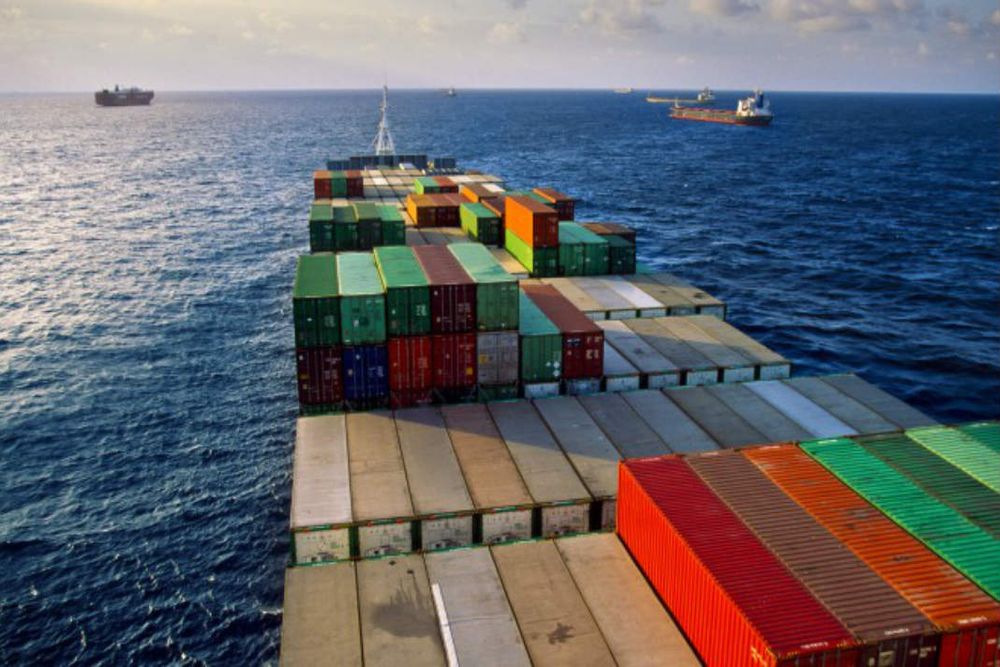
Knowing how to source the right volumes of wine from the right countries is going to be even more important in 2022
Arguably the biggest headache for importers in 2021 was simply getting wine to the UK such were the enormous supply chain, shipping and logistics issues around the world. It meant lead times for wine shipments were being stretched by four to eight weeks on average.
Knowing how to get round those supply chain issues will be a major advantage going into 2022.
Expect to see more bespoke bulk wine projects where smaller operators with the right commercial international contacts will be able to source wine they can offer customers for one off, exclusive parcels and brand projects.
Deals usually done in the corridors of ProWein and Dusseldorf or the World Bulk Wine Exhibition are now being picked up enterprising wine consultants with the right contacts in the right countries.
Matching those contacts with the suppliers with the right routes to market are going to become even more essential in the year ahead when the supply of wine from key countries is going to be in even shorter supply.
It will also open up more opportunities for restaurant and pub groups and specialist retailers to source direct from the most connected brokers and consultants in the business. You don’t need a big fancy London office to impress potential customers any more. Simply a smartphone with the right producers’ numbers in it.
Surge in grocery delivery apps (Getir, Weezy, Gorillaz)
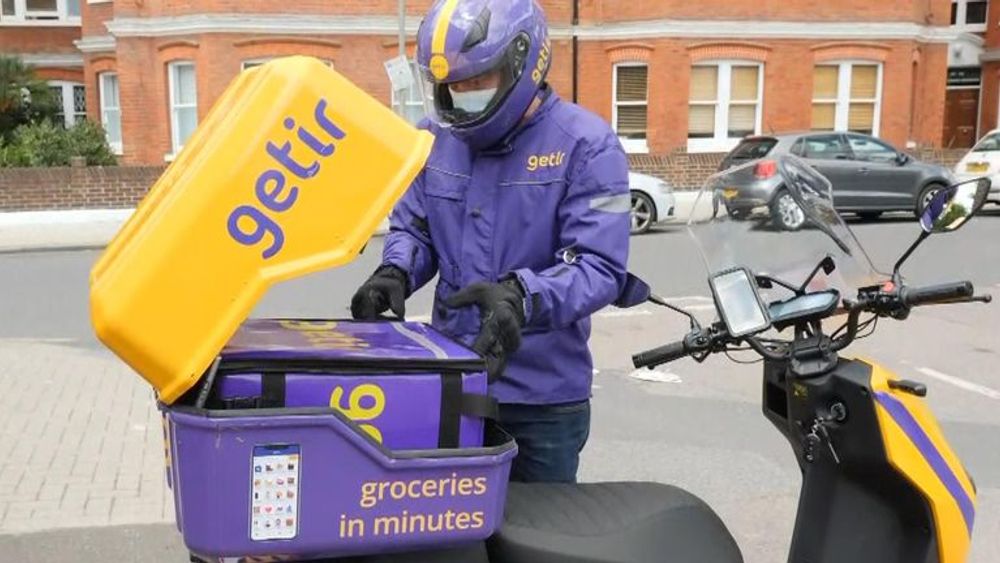
Grocery delivery apps like Getir are set to radically change the online market even more in 2022
If there is ever a Contagion-style Hollywood film based on Covid-19 and the impact it has had on the world then a fitting opening scene would be the emergence of a group of brightly dressed cyclists all frantically trying to deliver their loads of groceries to shoppers holed up in their homes – all within their promised 10 minute time slots.
Yes, we have all taken to online like never before during the pandemic – coming to the rescue of the drinks, retail and hospitality sectors that could all carry on selling and delivering drinks and food to customers through each of the various lockdowns we have all been through.
But it is the ever increasing number of grocery delivery apps – from Getir, to Gorillas to Weezy – that have appeared out of seemingly nowhere over the last year that have really taken online to the next level. Quite how do they deliver such a wide range of groceries, beers, wines and spirits to customers within 10 minutes of them placing an oder on an app?
Well, that’s what £5bn of investment gets you I suppose, as the UK has become the battleground for grocery delivery apps that started their lives in other European countries – Getir, for example, started out in Turkey and Gorillas in Germany. They all have one thing in common. Very bright tech entrepreneurs that are making the most of the gig economy to use smart mobile technology, and targeted warehousing to deliver their goods faster than any of the grocery giants could ever dream of.
For the drinks industry these are all now fast growing, thirsty new potential customers to not only work with, but learn from as they look to widen their distribution network across the UK and completely re-invent the home delivery sector.
But crucially they have also raised the expectations of consumers that they can get delivered what they need to their home front door within an astonishing 10 minutes. It blows drinks deliveries that will be with you in a “few days” out of the water.
- You can read the first part of Richard Siddle’s “What to expect in 2022” report and his analysis of the rise in the metaverse here.


